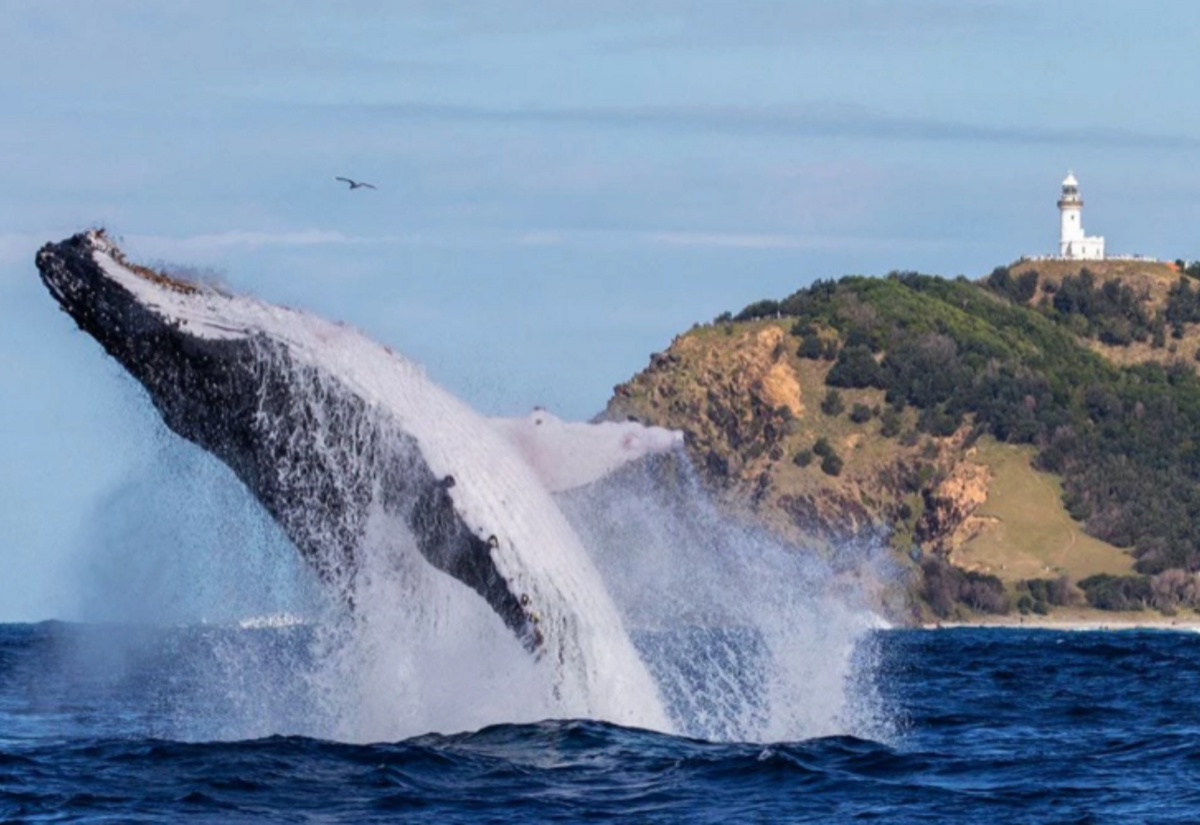Whale watching season begins
Simon Mumford
05 May 2025, 9:00 PM
 Whale Watching off the coast of Byron Bay. Photo: Wild Byron from Visit NSW.
Whale Watching off the coast of Byron Bay. Photo: Wild Byron from Visit NSW.May is the month that thousands of locals from all over the Northern Rivers start heading to the coast for at least one day in the hope of spotting whales on their annual migratory route north.
The whale watching season runs from May to November along what is commonly called the Humpback Highway, as over 40,000 whales head north, wowing spectators from 4 to 84 as they playfully break the water and surge into the air with cameras at the ready and binoculars glued to eyes..
The most common whales sighted are the humpback and southern right, but you could also spot orcas, blue whales, minke whales and sperm whales.
The reason for the migration is that whales move from the cold, nutrient-rich waters of Antarctica to the warmer breeding grounds near the Great Barrier Reef.
The peak viewing times are typically around the end of June and throughout July, when the highest numbers of whales can be seen from the NSW coastline.
National Parks has a Top 10 list of the best places to watch the migration:
- North Head walking track in Brunswick Heads Nature Reserve
- Cape Byron Lighthouse in Cape Byron State Conservation Area
- Broken Head picnic area in Broken Head Nature Reserve
- Cape Byron Information Centre in Cape Byron State Conservation Area
- Three Sisters walking track (Broken Head) in Broken Head Nature Reserve
- Tallow Beach in Arakwal National Park
- Palm Valley in Cape Byron State Conservation Area
- Iluka Bluff lookout in Bundjalung National Park
- Captain Cook lookout and picnic area in Cape Byron State Conservation Area
- Broadwater Beach picnic area in Broadwater National Park
More information can be found for each viewing point by clicking here.
If you intend to use a boat or watercraft to go whale watching, you are reminded to always maintain a safe distance from the whales. Follow local guidelines and respect the marine environment.

